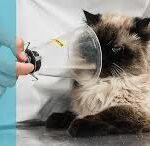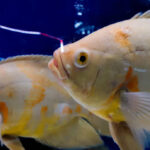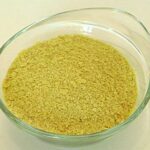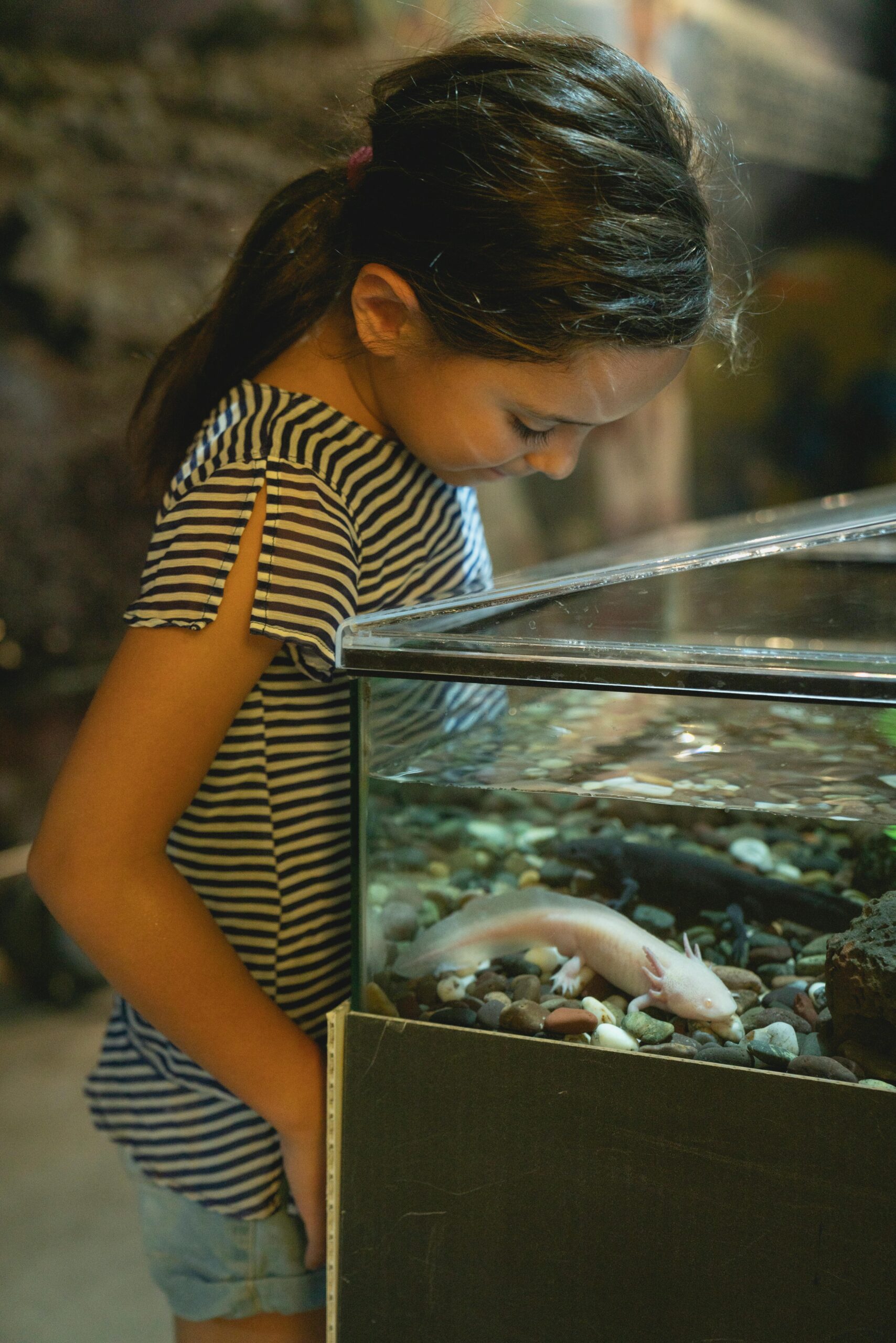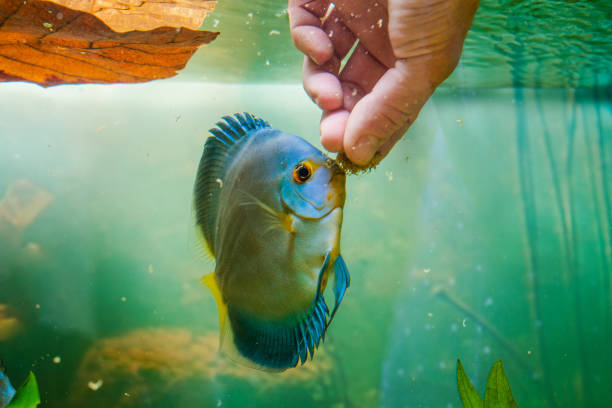Featherfin catfish (Synodontis eupterus) is a captivating and unique species that has gained popularity among aquarium enthusiasts for its distinctive appearance and fascinating behavior. In this comprehensive guide, we will delve into the world of featherfin catfish, exploring their origin, physical characteristics, optimal tank conditions, diet, and breeding habits.
- Origin and Natural Habitat:

Featherfin catfish are native to the rivers and lakes of West and Central Africa. Their natural habitat includes areas with slow-moving or stagnant waters, characterized by dense vegetation and muddy substrates. These catfish have adapted to thrive in diverse environments, making them resilient and suitable for captivity.
- Physical Characteristics:
One of the most striking features of the featherfin catfish is its unique dorsal fin, resembling delicate feathers. This fin extends along the entire length of the fish’s body, creating an impressive and elegant appearance. The body of the featherfin catfish is typically elongated and adorned with a mottled pattern, providing effective camouflage in their natural habitat.
- Tank Requirements:
Creating a suitable environment for featherfin catfish in captivity is crucial for their well-being. These catfish prefer aquariums with ample hiding spots such as caves, driftwood, and plants. A sandy substrate mimicking their natural habitat is recommended, as they may sift through it in search of food. Ensure a spacious tank with a minimum capacity of 30 gallons for a small group of featherfin catfish.
Maintain water parameters within the range of 75-82°F (24-28°C) and a pH level between 6.5 and 7.5. Regular water changes and a well-functioning filtration system are essential to maintain optimal water quality.

- Feeding Habits:
Featherfin catfish are omnivores and exhibit a diverse diet in the wild. In captivity, they readily accept a variety of foods, including high-quality pellets, flakes, frozen or live foods such as bloodworms and brine shrimp. A well-balanced diet is crucial for their health, and supplementing with occasional vegetables like blanched spinach or zucchini can contribute to their overall nutrition.
Observing their feeding behavior is a rewarding experience. Featherfin catfish often exhibit a bottom-feeding behavior, sifting through the substrate with their specialized mouthparts to uncover hidden morsels.
- Behavior and Compatibility:
Known for their peaceful nature, featherfin catfish can be kept with a variety of tankmates. However, it’s essential to avoid aggressive or overly territorial species that may intimidate them. Compatible tankmates include other peaceful community fish such as tetras, barbs, and gouramis.
Featherfin catfish are nocturnal, and their activity peaks during the evening. Providing adequate hiding places and dimming the tank lights in the evening will allow them to express their natural behavior comfortably.
- Breeding Featherfin Catfish:
Breeding featherfin catfish in captivity can be a rewarding but challenging endeavor. Creating a separate breeding tank with appropriate hiding spots is essential. The introduction of a pair into this tank may trigger the breeding behavior.

During courtship, the male will display intricate dance-like movements to attract the female. Once the female lays her eggs in a secure location, the male will guard the eggs until they hatch. It is advisable to remove the adults from the breeding tank to prevent potential predation on the fry.
- Common Health Issues:
Featherfin catfish are generally hardy, but like any aquarium species, they may be susceptible to certain health issues. Keep an eye out for signs of common problems such as fungal or bacterial infections, and promptly address any abnormalities in behavior or appearance. Regular water testing and maintaining optimal tank conditions are crucial for preventing health issues.
Conclusion:
In conclusion, featherfin catfish are captivating additions to any aquarium, offering a unique blend of elegance and intriguing behavior. By understanding their natural habitat, providing suitable tank conditions, and offering a well-balanced diet, aquarists can create an ideal environment for these fascinating creatures. Whether you are a seasoned aquarium hobbyist or a novice enthusiast, the featherfin catfish is sure to bring a touch of African charm to your aquatic haven.





